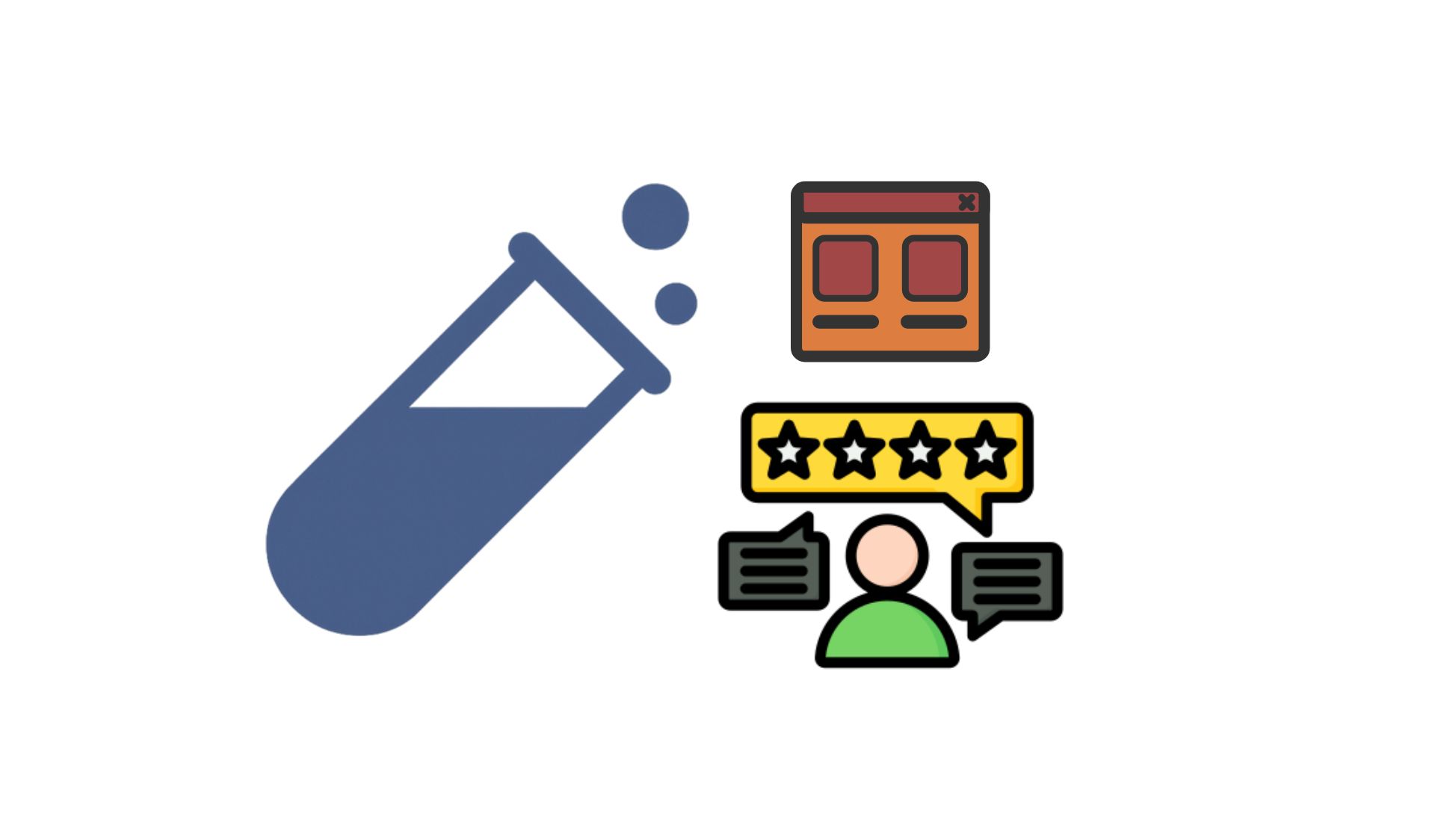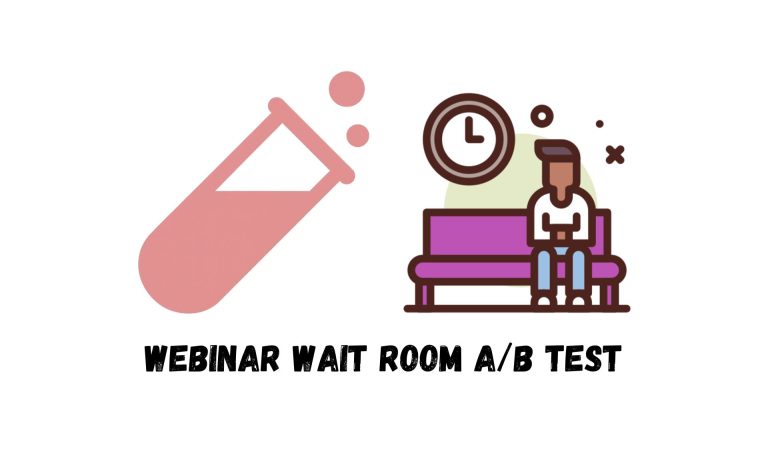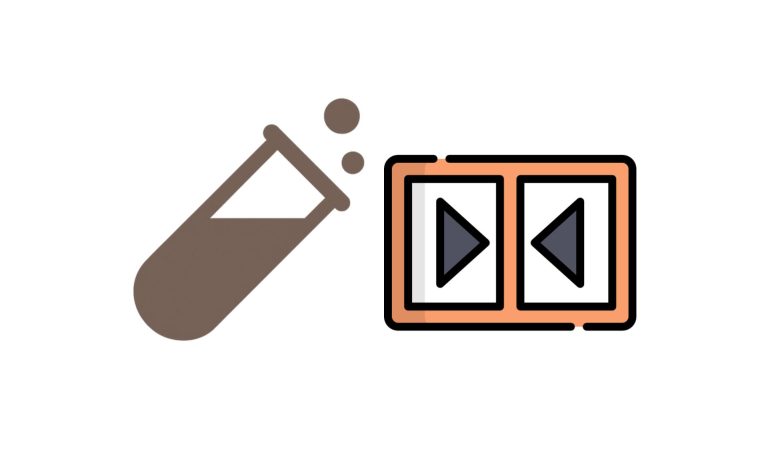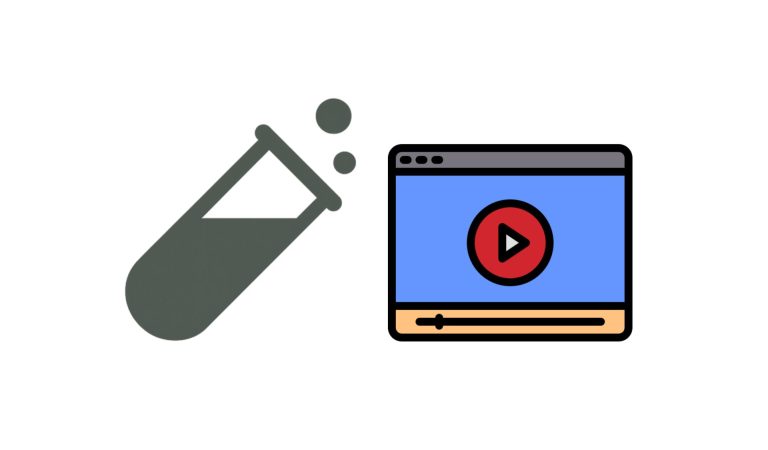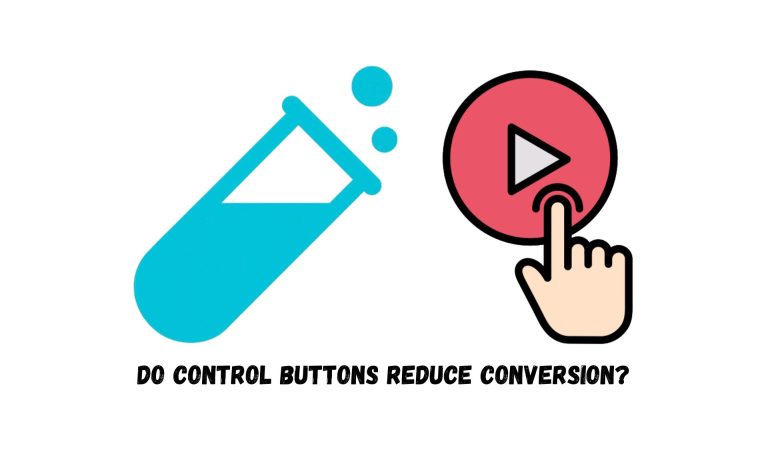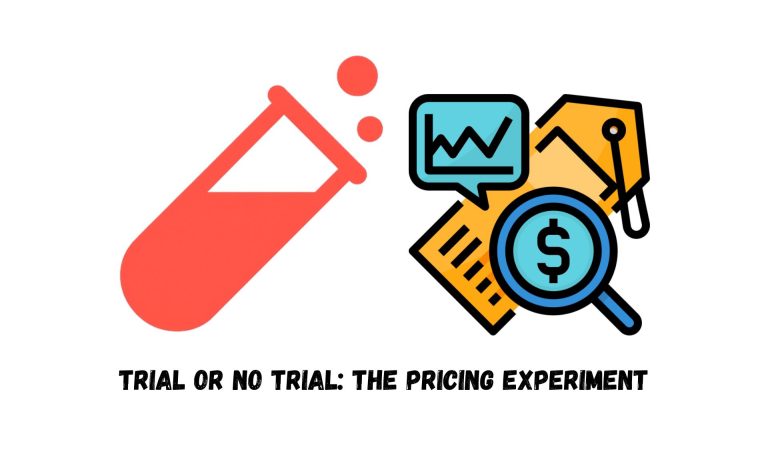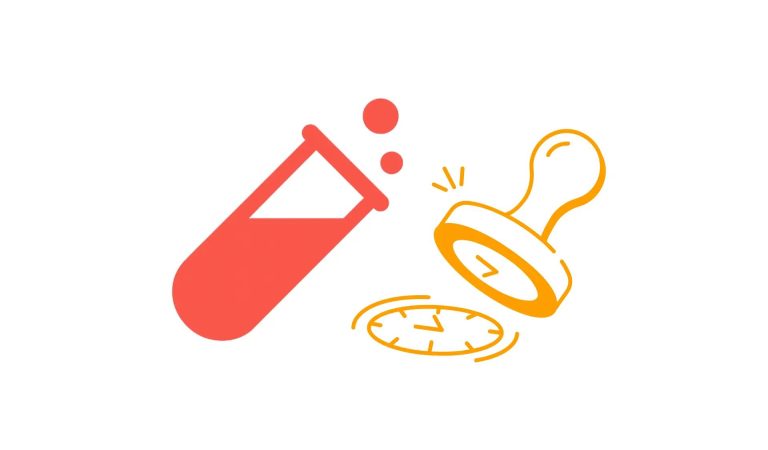In reviewing one of our client’s websites, we came across a ‘thank you’ page that appears after a user registers for a challenge.
On this page, the client promotes another offer which is an invitation to join their community and benefit from its features. There are two options on the page: a CTA button to accept the offer, and a “No, thanks” link to decline and leave the page.
However, the number of people accepting this offer was quite low; clearly something that needed our attention.
Although the page includes trust-building elements like testimonials but they didn’t seem to work as expected.
Upon closer review, we noticed that the testimonials were placed after the “No, thanks” link with the intention of showing trust signals right before the user tries to exit. While this is a valid approach, we believed there was a more effective way to present them.
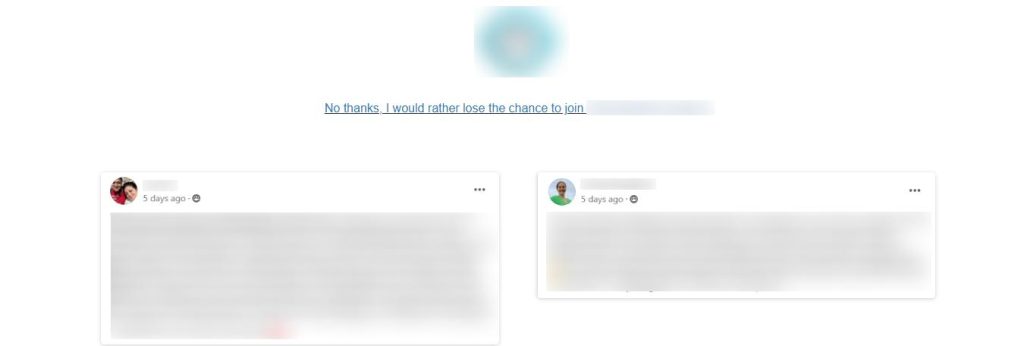
Hypothesis
We hypothesized a positive path to conversion: by moving the testimonials above the “No, thanks” link and placing them right after the CTA button, we can reinforce the decision to say “yes” instead of trying to prevent a “no.”
In other words, we believed the low conversion rate might be caused by showing testimonials too late, after the exit option is already visible. By placing the testimonials earlier and right before the user sees the decline option, we might boost conversions.
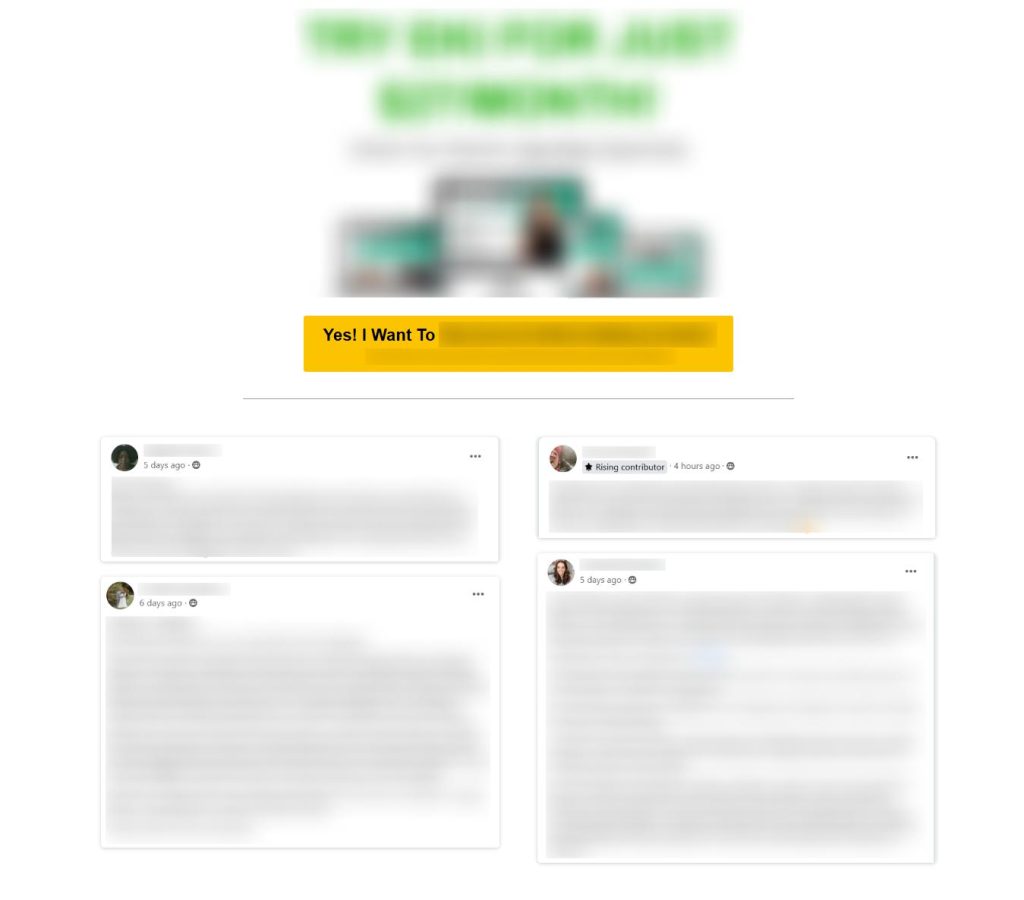
Test Design
- Control: The original version, with all 6 testimonials placed after the “No, thanks” link.
- Test: Same layout, but 4 of the 6 testimonials were moved just below the CTA button.
Results
The test ran for 12 days starting from Saturday, January 4, 2025, with 21,133 users participating.
The test version won with a 90.49% probability of being the best performer.
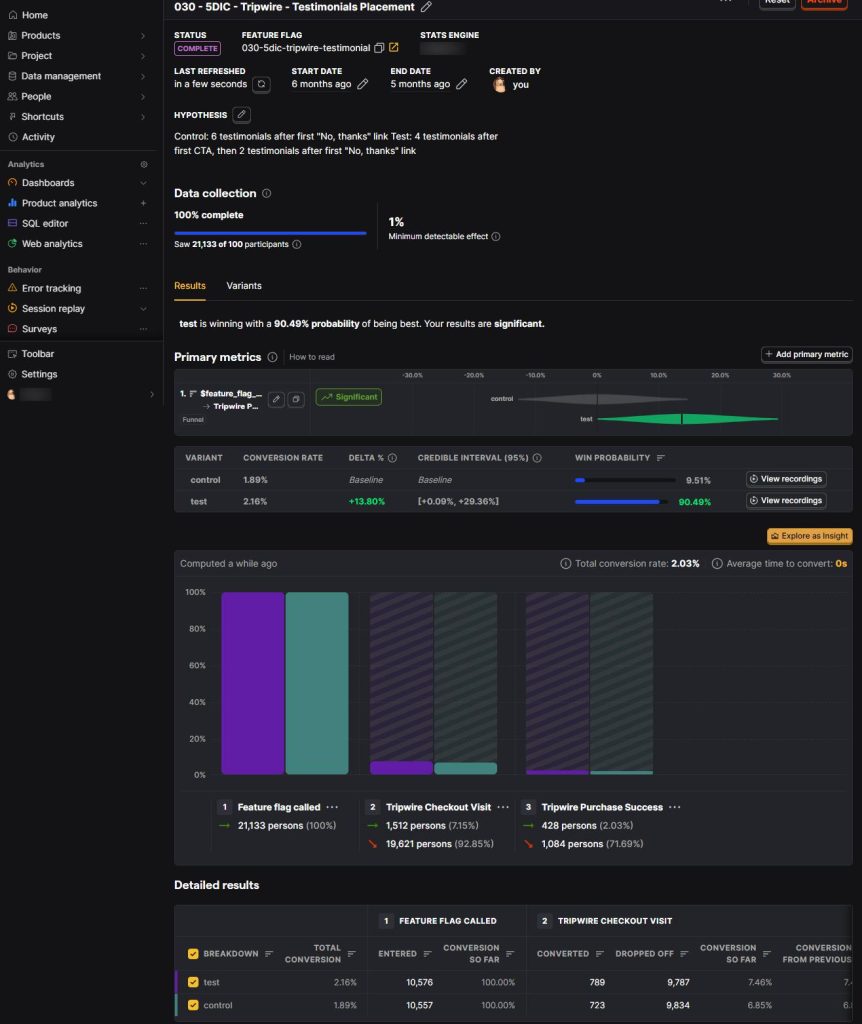
Conclusion
This test proved that even when you’re following best practices (like using testimonials), placement matters just as much as content.
In this case, moving the testimonials directly below the CTA button had two key benefits:
- The “No, thanks” link isn’t visible yet, so users are still in a “yes-focused” mindset. The testimonials reinforce that mindset with positive social proof.
- Positioning testimonials near the CTA helps show that others have benefited from accepting the offer and giving new users a stronger reason to follow through.
Ultimately, knowing what works in theory is not enough. Execution, testing, and experience are what really move the needle; and that’s why you need someone who knows what they’re doing
Start by reading this PostHog article to understand how to create an experiment effectively. Then, check out the guides below to learn how to set up A/B tests on platforms like ClickFunnels and WordPress.


